When Patricia Brauer visited the dental clinic at Georgetown, she discovered she had a problem.
Patricia was black, and at the time, the clinic served only white patients. Brauer, who enrolled at Georgetown in the fall of 1952, was the School of Nursing and Health Studies’ first black student. By the spring of 1953, she had left after facing terrible discrimination.
For Brauer and others, the first efforts at integrating Georgetown came piecemeal. While some schools and university services remained segregated, others integrated. The College did not enroll its first black student until 1962 — 10 years after Brauer enrolled in the NHS.
Even then, if Georgetown believed it had opened the proverbial floodgates when Harry Thomas Campbell arrived on Georgetown’s campus to study in the College, it would have been wrong; black enrollment only trickled in.
In addition to formal obstacles, Brauer, Campbell and their classmates faced tremendous discrimination. Virtually alone at a university that had, for many years, held slaves and educated Confederate officers, these pioneers often found themselves abused by faculty and treated with indifference by the university.
One history professor claimed that “Lincoln had deliberately tricked the South into starting the Civil War,” and that “claims about the equal intelligence of blacks and whites were sheer bunk.” When a diner in Virginia denied service to a black Georgetown student, resulting in a protest, the university quickly distanced itself from the students, declaring that they had not acted “as representatives of the university.” No doubt, the atmosphere at Georgetown would have discouraged black students from enrolling.
But the era of civil rights and integration was not without its high points at Georgetown. Even as the university distanced itself from its black students, many began to challenge the traditional Catholic reluctance to engage on issues of race.
Francis Kearns, a professor in the English department, publicly excoriated the university for responding to the diner incident with “casual indifference.” Nearly 250 Georgetown students, faculty and staff participated in the March on Washington in 1963; 900 members of the Georgetown community departed the front gates to march in solidarity after Martin Luther King Jr.’s assassination, before overwhelming violence forced them to turn back; by 1966, the largest student group at Georgetown, the Georgetown University Community Action Program, was focusing the bulk of its attention on issues of civil rights and racial justice.
These students lived during a most unusual time in American history. Across the world, they believed they had seen a society reveal its violent ease in Vietnam’s steaming jungles. At home, they watched as police officers beat their fellow students and assassins’ bullets felled hero after hero. The world was unraveling at its seams. No longer content with official apathy, they demanded more.
But the battle over Georgetown’s early equivocation on race did not reverse the tide of low black enrollment at Georgetown — affirmative action did. Responding to demands from the Black Student Alliance in 1970, administrators in the Office of Admissions, including now-Dean Charles Deacon, charted a bold plan. They recommended that the university apply the same criteria to black applicants as it did to legacy applicants and guarantee financial aid to support all black applicants with demonstrated need.
Their program, which became the Community Scholars, brought the number of enrolled black students from roughly 50 to nearly 200 by 1975. Admittedly, these students remained woefully outnumbered — only 3.2 percent of undergraduates in 1975. But other victories followed, including the implementation of affirmative-action hiring and the addition of multiple tenured black professors both on the main campus and in the law school.
Most recently, The Hoya ran a cover story declaring a shift toward greater diversity in early applicants. Even as students mocked the paltry changes apparent beneath the headline, the image captured a kernel of truth: Shifts often come slowly.
In integrating American higher education, they have arrived with dazzling torpor. It took Georgetown 30 years to complete the process of formal integration, no less to begin the much more fraught process of affirmative action.
Even seemingly small improvements — service at the dental clinic, a seat at the lunch counter — are to be cherished.
 Matthew Quallen is a junior in the School of Foreign Service. This is the final appearance of HOYA HISTORIAN this semester.
Matthew Quallen is a junior in the School of Foreign Service. This is the final appearance of HOYA HISTORIAN this semester.








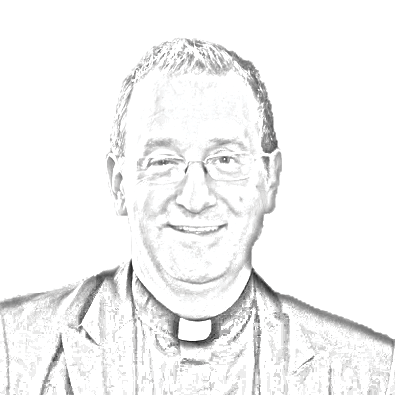
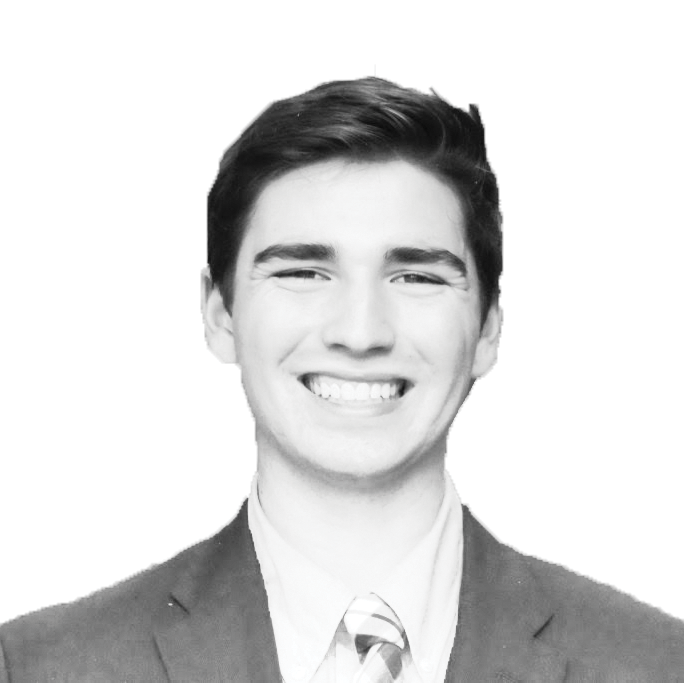
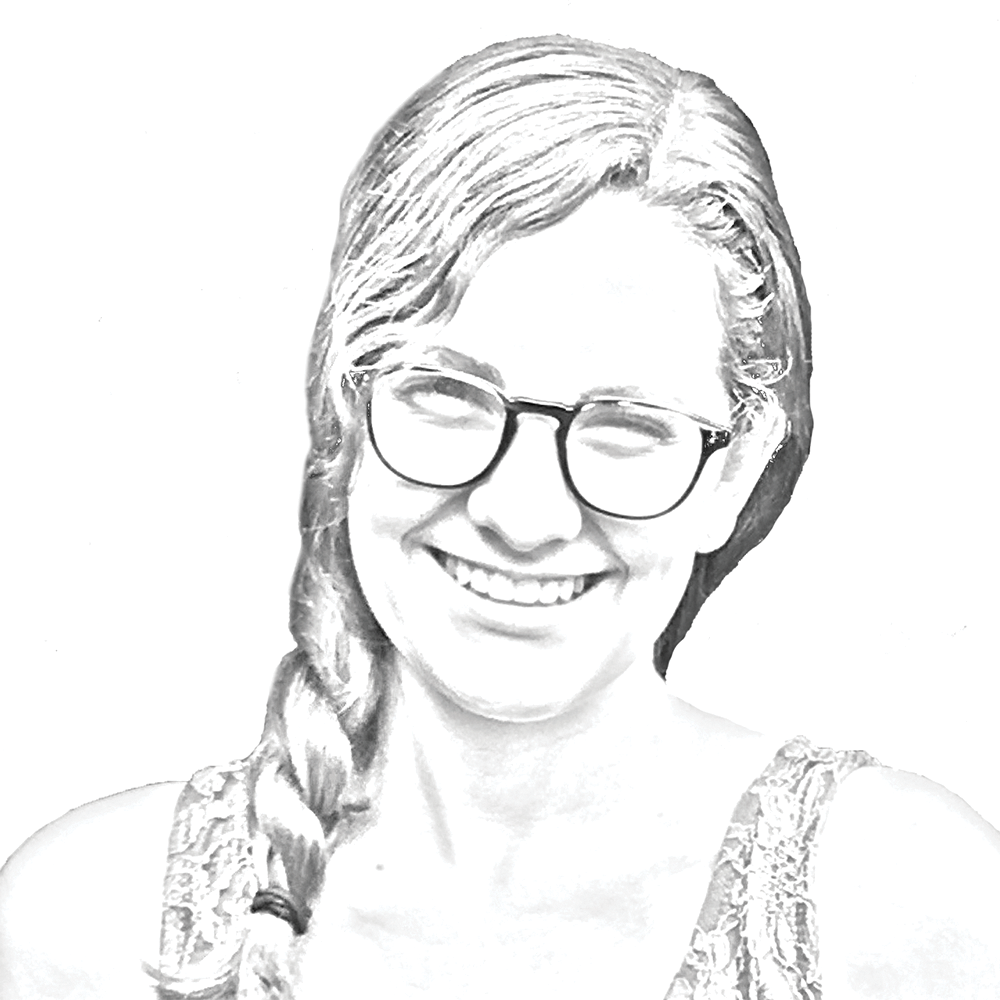
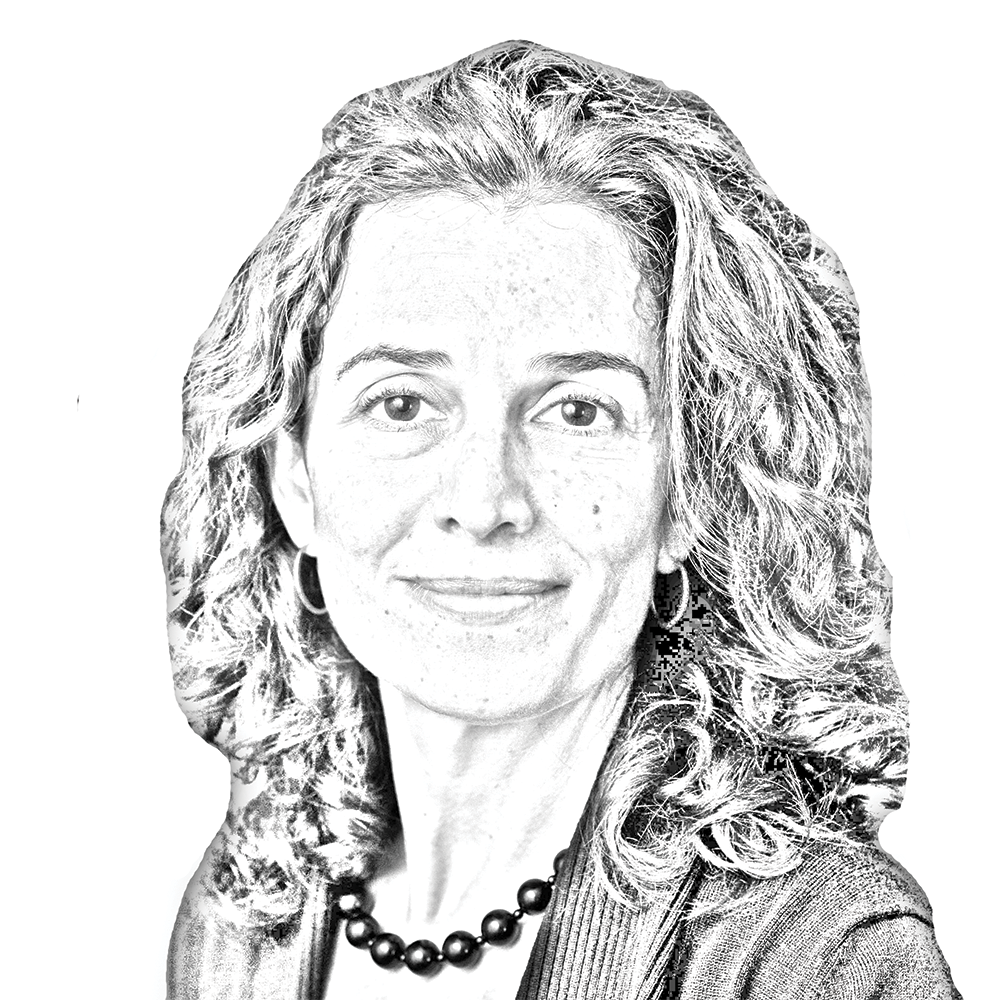
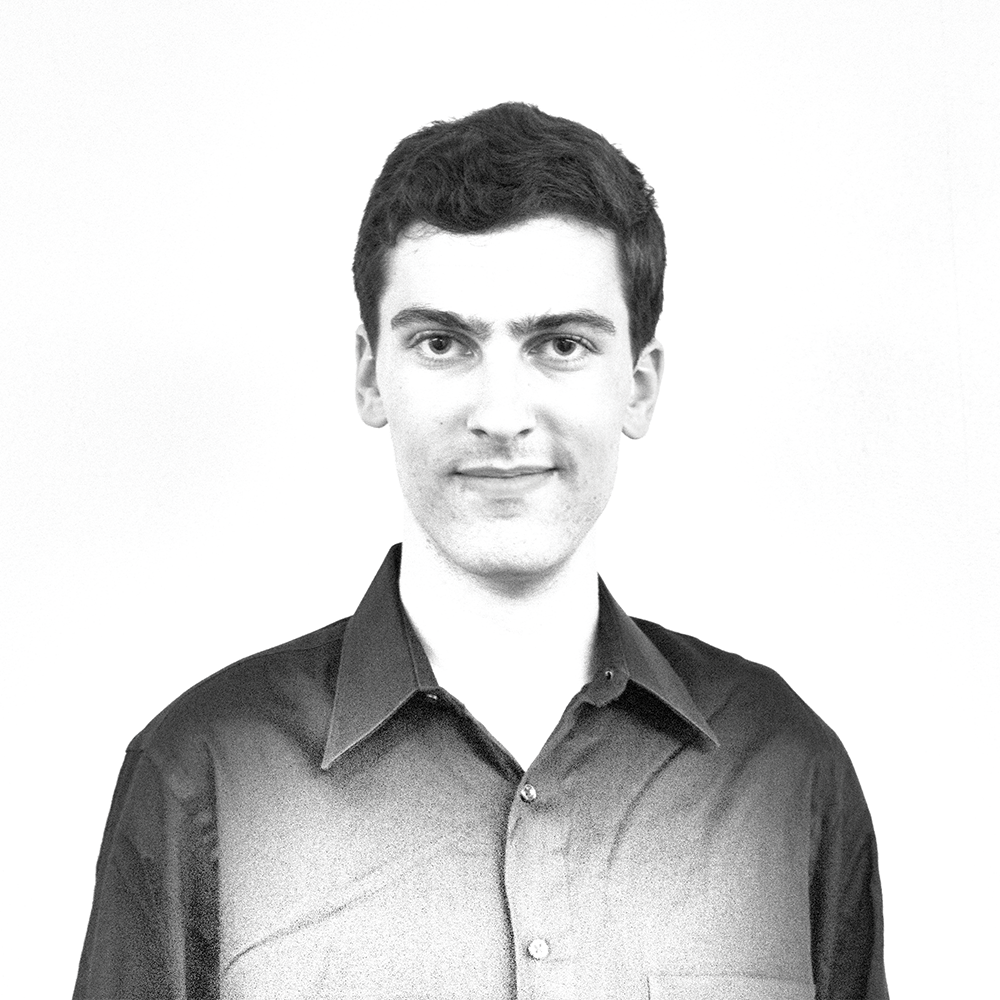
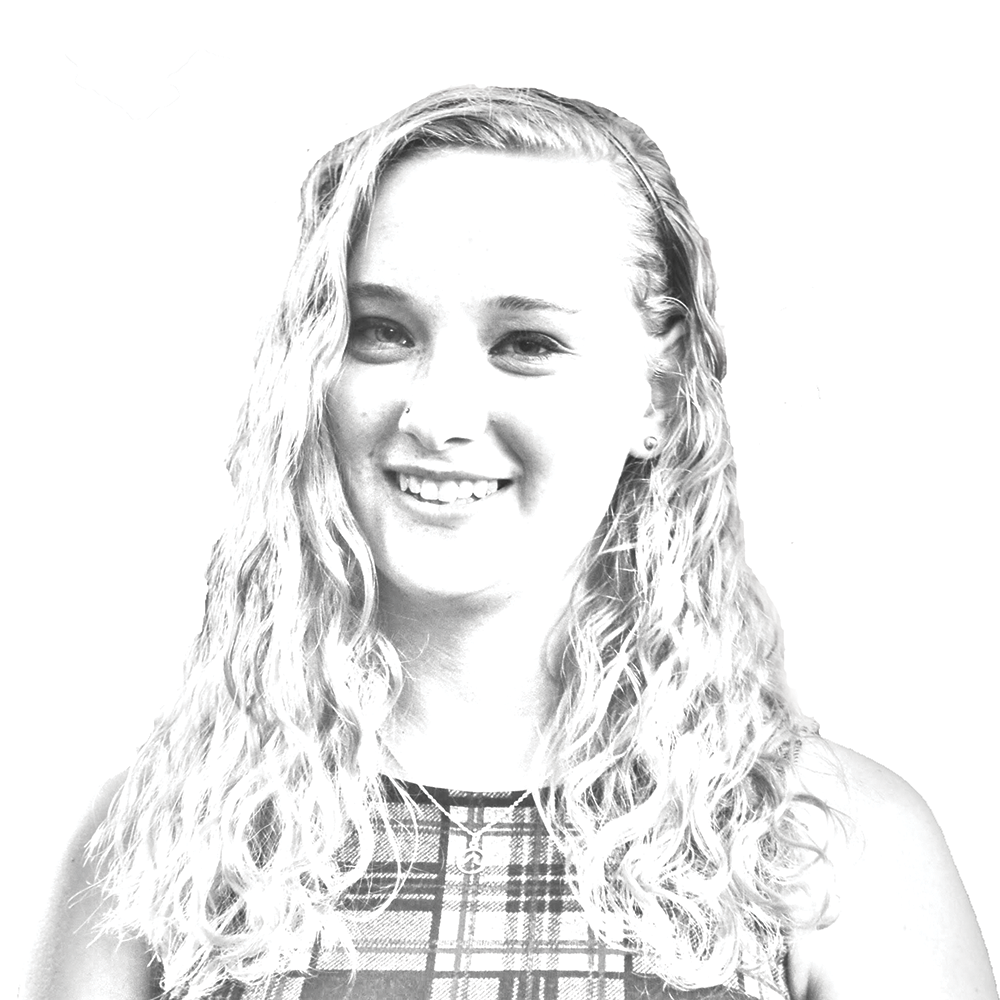






John Smith • Nov 23, 2014 at 5:24 pm
Matt for editor of The Hoya